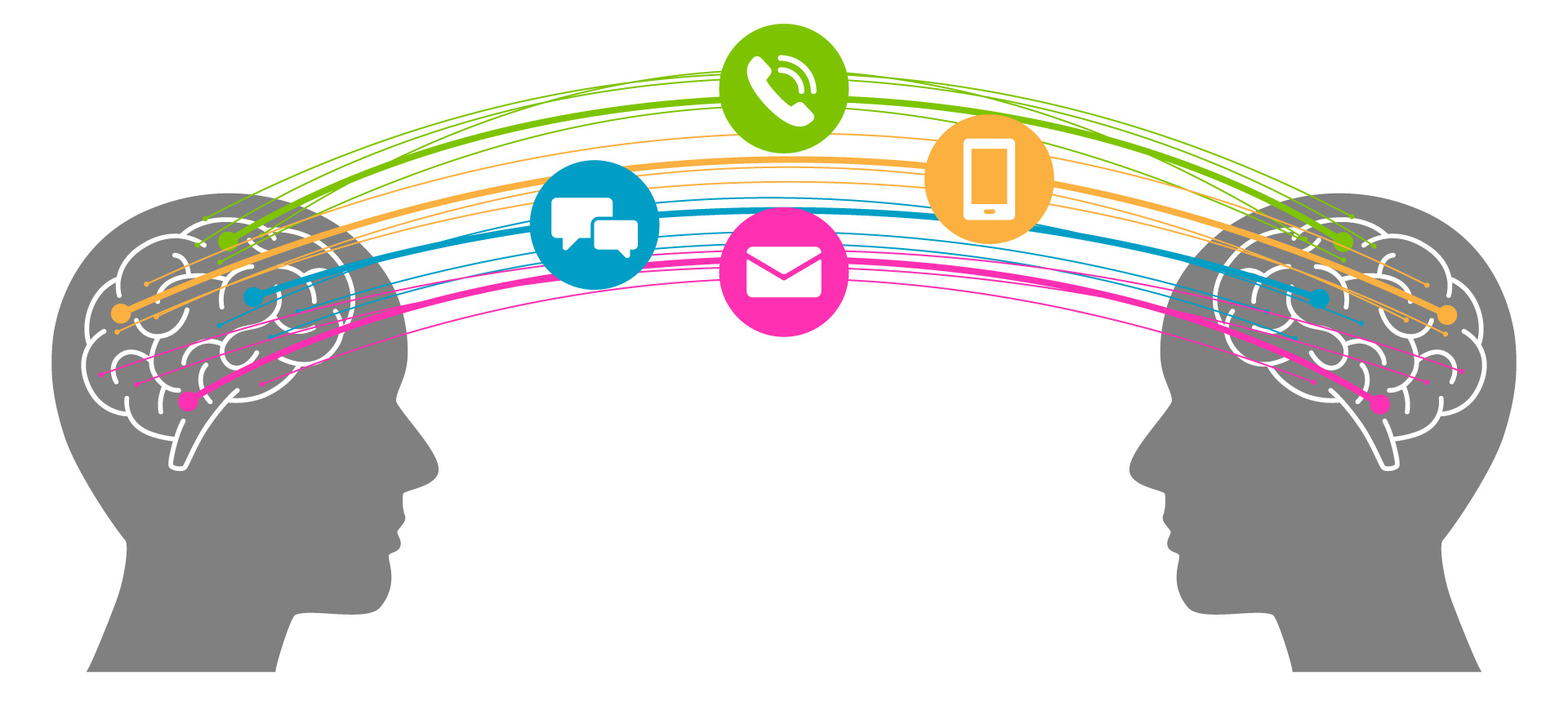What Different Mediums Reveal About a Person
Recently, one of my clients asked me to use less email and talk more on the phone or face to face. No Basecamp. No Slack. Just good ol’ fashion phone or meeting. In this day and age when it is considered rude to call someone without first making an appointment through email, this was an interesting challenge. So I embraced the challenge to see what I would learn from this experience.
Some people are great at communicating with others face to face but terrible over email or social media. Some are the other way around. Interestingly, some are great on the phone but not in person. Some don’t like communicating in words and prefer to use Instagram instead of Facebook. It’s interesting to think about how we develop our preferences for certain mediums. In this article, I’m considering face-to-face meeting as just another medium; it is the medium with the highest possible resolution (maximum sensory data).
We all must have some degree of control over our social interactions, so it makes sense that we would prefer the mediums we are better at using in order to achieve the maximum amount of control. Extroverts are probably better at face-to-face communication while introverts are better at written communication. For us, these preferences probably formed early in our childhood and became reinforced as we used more of the same mediums. Over time, I believe these preferences turn into biases or prejudices.
I myself have argued many times in the past that written forms of communication are more efficient and effective in conducting business. What I didn’t carefully think about was the possibility that I was simply trying to push my preferred mode of communication to others because I felt less confident in controlling human interactions through spoken mediums. If I’m biased because of my insecurity about certain mediums, I wouldn’t be able to objectively determine which are better for which types of communication. I would indiscriminately try to push my preferred mediums for everything.
To some degree, I think our biases are generational. I’m almost 50 years old and part of Generation X. When I started working in the 90′s, desktop computers were just beginning to be rolled out in offices. Gen-Xers spent most of our 20s using spoken mediums in business. Email became the dominant form of communication in the late 90s, so Generation Y onward took for granted that much of business communication is done in writing. For instance, it is nearly impossible these days to get a real person on the phone when you call companies like Google. You might not be able to find their phone number in the first place.
In terms of cost-efficiency, written forms of communication are superior mainly because, for the majority of businesses, human resource is the biggest piece of their expense pie. But when we focus too much on cost efficiency, I think we become blind to things that create value. One of them is human relationship, the value of which has not declined through the evolution of communication mediums.

Every medium brings out a different aspect of a person. I think this is because each medium uses different parts of our brains. We might be tempted to argue that what a person communicates face-to-face is the “real” person, and that the personality that comes through Facebook or telephone is less real, distorted, or even fake. But this too is a prejudice.
The current science tells us that introverted people are highly sensitive to sensory data and therefore are easily overwhelmed. Because of this, they have a hard time expressing their true feelings and thoughts in face-to-face meetings. There is just too much data flowing in: visual, sound, smell, and even tactile. The infants who cry a lot tend to become introverted as adults. They are crying because they are hypersensitive to sensory data and are being overwhelmed by them. They are better able to express their true selves through “cool” mediums—Marshall McLuhan’s term for lower-resolution mediums. Extroverts have the opposite problem; because they are less sensitive to sensory data, they need more of them to stay engaged. So they prefer “hot” mediums.
This means that, if you insist only on one type of medium, when communicating with someone who does not share the same preference, you might miss the opportunity to get to know the “real” person. Using a variety of mediums allows you to understand each person more holistically. And, once this understanding is reached, your connection with this person becomes more resilient, not easily broken. Even if she annoys you in person, you might find her appealing in writing, or vice versa. You become more forgiving of communication mishaps. If you connect to her only through email, for instance, your might obsess over one sentence that sounded rude. But if you are familiar with how she acts in person, you would be more likely to let it go. This isn’t to say that you should be able to get along with everyone, but it would increase the chance of finding something likable about each person. This has value both in business and in our personal lives.
Subscribe
I will email you when I post a new article.


